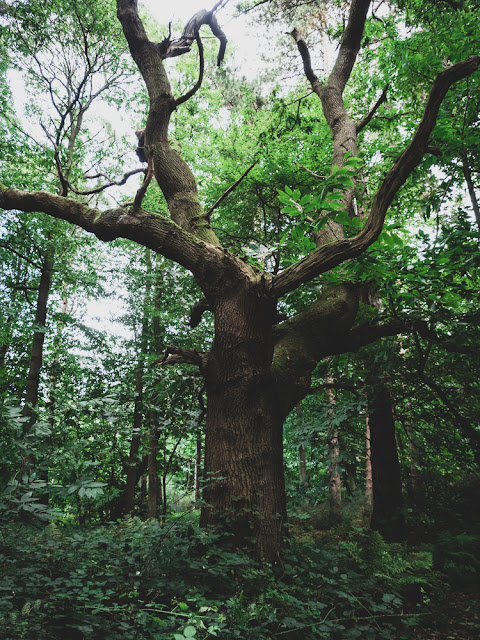 |
| A woodland in Norfolk, UK |
Connecting with nature is a simple process. It is not hard to do, nature is right on our doorstep. We have access to amazing places, vast forests, rocky coasts, vast fields and much more. There are plenty of places to explore. There are many ways that one can connect with nature through bushcraft, for many this is a personal thing and it is different for each individual.
Being outdoors in nature, one can often find themselves free of all troubles. Not only can bushcraft be good in terms of physical activity, it can also be good for the mindset too.
Bushcraft is not only about learning and improving techniques in the wild, it is also about experiencing nature at a grounded level.
 |
| The Bushcraft Pack |
It's easy to get out into nature with only a simple bushcraft pack, with a small selection of items covering the five Cs survival. Set up a little camp and cook some food. Whilst that food is cooking away, just sit still and listen. You'll hear the sound of the trees rustling in the wind or the sound of the waves crashing on the shore, maybe even some bird song. I think moments like this are the best times to be had whilst practicing bushcraft and it totally enhances the experience.
 |
| A small woodland area in Essex, UK |
I often find the best way to reconnect with nature, is to explore new places. Why not take a break from your local patch and head somewhere new? Perhaps if you live inland, head to the coast. If you live on the coastline, head inland to forest? There are plenty of places to explore in the British Isles and this could be the answer to jumpstarting that connection with nature.
 |
| A female Blackbird feeding on some berries |
Without stating the obvious, one can connect with nature by visually seeing "nature". Who doesn't enjoy watching animals of the wild? See the example photograph above where I sat watching a female blackbird feeding on some berries whilst out on a bushcraft outing. I also enjoy foraging for wild foods. A skill that is practiced by many who bushcraft. This can be a fascinating skill to learn, not only are you learning skills on how to ID wild edibles safely, you are also connecting with nature.
 |
| Wood Ear - Auricularia Aurciula - judae |
Comments
Post a Comment